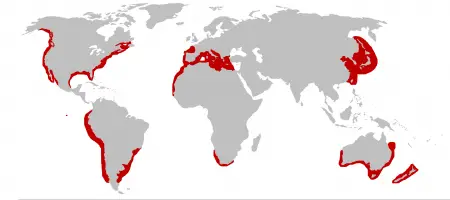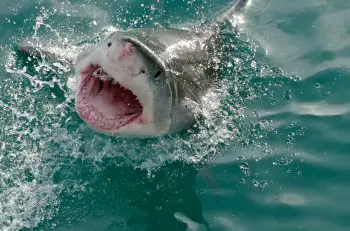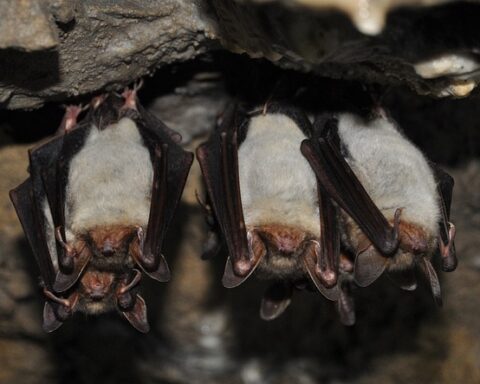Typically, when large sharks are relaxed they tend to swim smoothly at a speed of about 1.5 mph. However, the maximum speed at which a shark cruises is not assessed at all, in part because they do not do well in captivity. It is often reported that with the length of around 2 feet, a tiny shark species called the blue shark (Prionace glauca) was observed going at a constant speed of 17.7 mph. However during its long voyage, it also reached a burst of speed for up to 43 mph. On another occasion a more verifiable data exists in which a larger individual of the same species of shark cruised at a speed on 24.5 mph. The size of this blue whale was 6.5 feet (2 metres) long.
Of all the species of sharks, the Shortfin Mako (Isurus oxyrinchus) shark is by far the speediest shark. It has a pointed snout and it is observed that this shark leaps in sets of three, when hooked. Normally, the third leap is the highest as it goes as high above the surface as 15 to 20 feet (5 to 6 metres). Interestingly, in order to achieve this speed, the shark must attain a speed of 24.6 miles per hour. When no fishing line is attached to the shortfin mako, it is calculated to cruise at about 31 miles per hour with one individual going as fast as 46 mph in short bursts. In point of fact, it is a grueling task to measure its speed in the open ocean.
Theoretically, shortfin can attain a maximum speed of about 45 mph. Craig Thorburn and Mike Bhana conducted an experiment on a one-year-old shortfin in New Zealand. As it goes after the baited camera, the researchers decided to pick up the pace to see how fast can shortfin swim to catch up with it. They noticed that shortfin covered a distance of about 100 feet (30 metres) in 2 seconds only. If this is true, the shortfin must have accelerated to 15 metres (50 feet) per second, per second in any case which is dubious. Considering this rate, calculations show the little Mako must have had cruised at a top speed of 68 mph.
The Great White Shark is an apex predator but the speed at which it catches its prey, is still a mystery. Experts estimate that it can travel as fast as 25 miles per hour.
Sources:
Martin, R. Aidan. “How Fast Can a Shark Swim”. ReefQuest Centre for Shark Research













